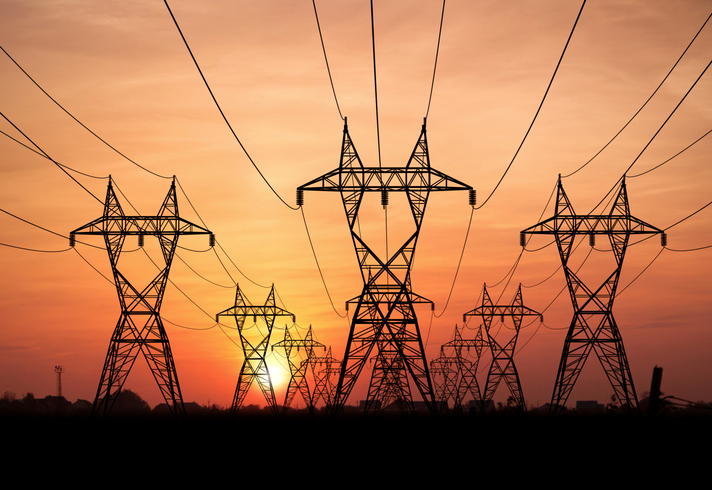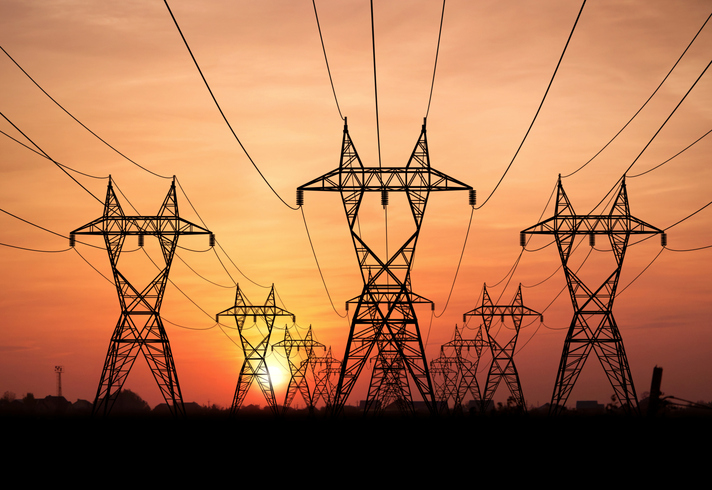
In an era where electricity is powering markets and tech innovations, the traditional model of centralized power generation is under pressure. The grid is becoming more complex, distributed, and data-intensive with the advent of smart meters and power trading, yet many were not designed for such demands.
“This is what the future looks like,” says Geoff Childs, general manager for Gentrack Asia, pointing to a decentralized grid model already operating in markets like Australia, New Zealand, and the U.K. “It’s a decentralization of the grid. It’s where the grid is separate from the retailer.”
For Asia’s energy sector leaders, this transition represents both tremendous opportunity and formidable technical challenges.
From six data points to 70,000
The technology challenge facing Asian utilities is staggering. Legacy energy systems were designed for simplicity — meter readings every other month, yielding just six data points annually per household. Today’s smart grid infrastructure changes everything.
“If I talk about a [energy company] customer in Australia dealing with smart meters, solar panels, home batteries, and electric vehicles, they’re getting 70,000 data points a year for each customer,” Childs explains. “Their first challenge is to take all that data, crunch it, process it, and [give] it back to consumers in a consumable form.”
This exponential growth in data volume isn’t just a storage problem — it’s reshaping how energy companies operate, price their products, and interact with increasingly empowered consumers. For grid operators, it’s an even more profound shift.
“The grid has a nervousness,” says Childs. “They sat there five years ago going, ‘I’ve just got to look after 50 big power stations pumping energy into this grid that we can control.’ Now they’re going to have to control five million micro assets all around the grid.”
The technical debt: The innovation bottleneck
A critical obstacle for utilities is their dependence on legacy enterprise systems, never designed for this level of complexity or innovation agility.
“Energy retail has probably been one of the most under-invested industries in the world for the last 25 years,” notes Childs. He also sees the advent of energy management solutions not designed by the energy industry as compounding the challenge.
“SAP and Oracle — they’re not utility specialists. What you get with an SAP is you get a sort of frame of a system that’s about 20% of what you need. Every time they go into an energy company, they custom build the solution.”
This creates a debilitating innovation lag. Traditional utilities attempting to introduce new energy products or pricing models face months-long implementation cycles — a fatal disadvantage in markets where consumers increasingly demand agility and personalization.
“If you go to an older legacy system and say, ‘I’d like to create this new product, please,’ they take that product and build it,” Childs explains. “They have to code it once. You have to pay them for the pleasure. And it takes six, eight weeks, maybe three months.”
The low-code revolution in energy retail
Modern energy platforms like Gentrack are reshaping this paradigm through configurable frameworks and low-code approaches tailored specifically for utilities. These systems enable non-technical staff to rapidly create and launch new products without custom coding.
“What we do is give our customers a framework on their laptops. You can build the product yourself,” says Childs. “You can literally build a new product in 10 minutes, whereas in SAP and Oracle, it takes them three to six months.”
This capability isn’t merely about operational efficiency — it’s transforming how utilities compete. Leading energy retailers can now respond dynamically to market changes, creating hyper-personalized offerings that adjust to consumption patterns, incentivize specific behaviors, and optimize energy usage across distributed resources.
AI: The intelligence layer of the grid needed
Perhaps the most transformative technology reshaping energy retail is AI. Beyond back-office automation, it is enabling unprecedented insights into consumer behavior and energy optimization across complex distributed networks.
Childs details a compelling use case: “A customer types, ‘I’m thinking of buying an electric vehicle.’ The AI system says, ‘This is your consumption curve. Now I’m going to look at you as a person, understand your demographics, and find other customers like you who have an electric vehicle. Based on that, I’m going to forecast that your consumption pattern will change to look like this.’”
The system then automatically recommends optimal tariff structures and charging patterns, potentially turning what would have been a cost increase into a saving opportunity.
“Your energy bill is going to go from AUD2,000 a year to AUD3,000 a year with your current tariff. But I found a time-of-use tariff here. If you switch, your energy bill will actually go down to AUD1,800 even with the EV, saving money on your current energy profile.”
Advanced implementations can integrate with calendar systems to optimize EV charging schedules based on upcoming trips, grid demand patterns, and potential energy arbitrage opportunities — automatically maximizing consumer value while supporting grid stability.
Asia’s opportunity to leapfrog
While Australia, New Zealand, and the U.K. currently lead in energy retail innovation, Childs sees unique advantages for Asian markets – particularly Thailand, Malaysia, and the Philippines — to potentially leapfrog Western implementations.
“Asia has a benefit because a lot of the energy companies are actually government-owned, and there’s one supplier for a region or a whole country,” Childs observes. “It should be very easy for them to set a government strategy, set regulations, and then for the energy companies to execute the plan.”
This coordinated approach contrasts with the fragmented competitive landscape in markets like the U.K., where smart meter rollouts have been complicated by multiple competing providers.
“I think Asia has an opportunity to accelerate and even bypass other countries in the world because they have that setup.”
Childs predicts that within five years, leading Asian markets could implement advanced energy models, including peer-to-peer energy trading, where consumers with surplus battery power can sell directly to neighbors at mutually beneficial rates.
“The technology exists with Gentrack in Asia. It’s good news. We’re here,” he notes. “We can take what Amber Electric does in Australia right now and deploy that technology in Asia today, no problems.”
The remaining challenges are primarily infrastructural and regulatory — upgrading grid infrastructure, accelerating smart meter deployments, and establishing appropriate market rules. Thailand, for example, is investing in 300 kilometers of grid upgrades and rolling out up to a million smart meters annually in the Bangkok region.
For data and technology leaders in Asia’s energy sector, the imperative is clear: the architecture of tomorrow’s energy system will be fundamentally different — more distributed, data-intensive, and consumer-centric. The winners will be those who build technical capabilities to harness this complexity rather than being overwhelmed by it.
Image credit: iStockphoto/TebNad
